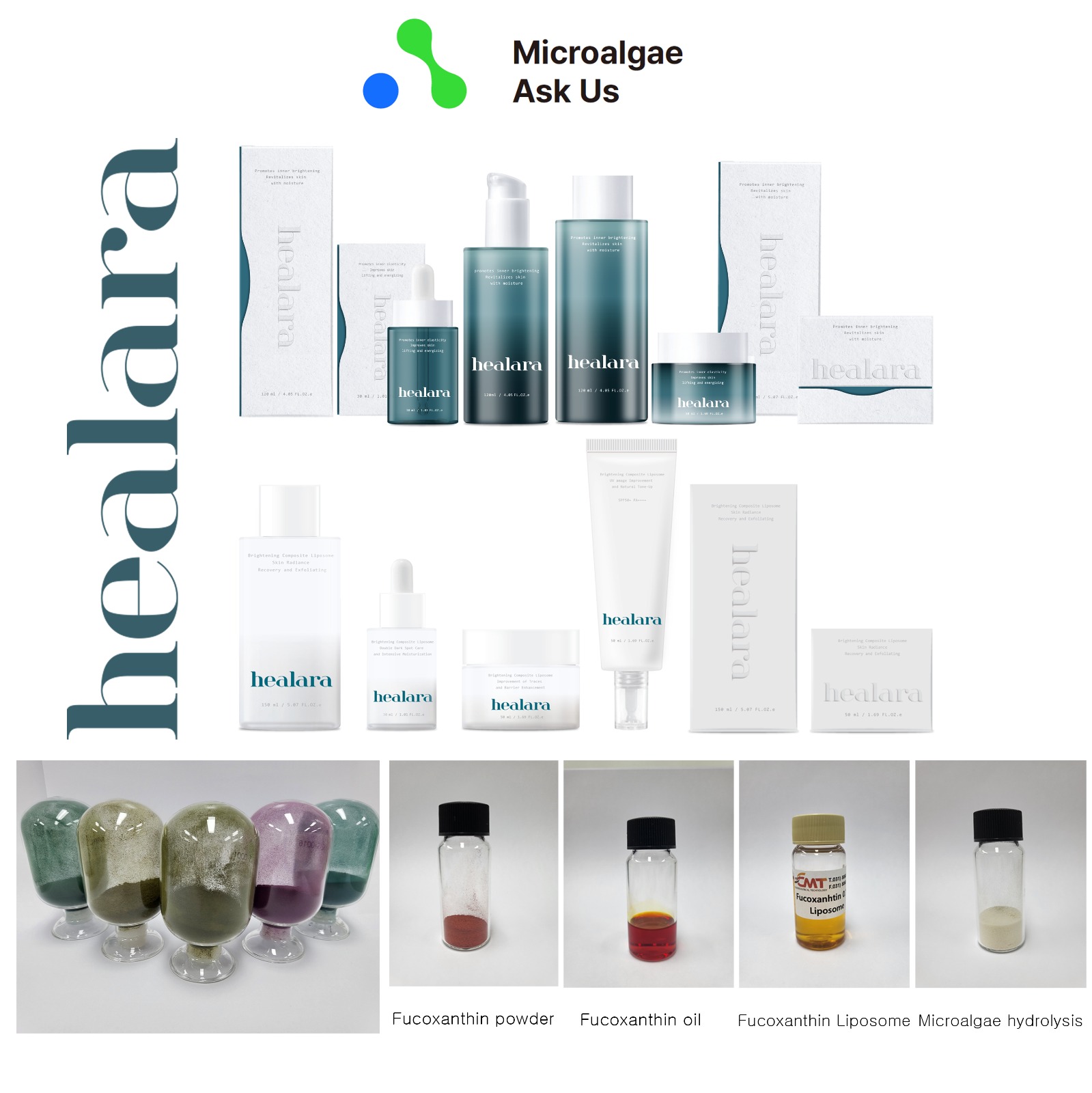Key Takeaways
- Sub-Neptune planets, often thought to be “water worlds,” may actually contain very little water, according to new research.
- The study indicates that water on these planets is largely sequestered in the interior, challenging previous models that suggested substantial surface oceans.
- As a result, astrobiological prospects may shift toward smaller, rocky planets similar to Earth for potential life support.
New Insights on Sub-Neptune Planets
Recent research challenges long-held beliefs about sub-Neptune planets, a category of exoplanets larger than Earth but smaller than Neptune, which were once thought to be rich in water. These planets, often dubbed “Hycean planets” due to the assumption that they would have a hydrogen-rich atmosphere resting atop vast oceans, may be more arid than previously imagined. Caroline Dorn, an assistant professor at ETH Zürich, emphasized that their calculations indicate such water-rich scenarios are unlikely.
This study comes on the heels of intriguing reports about K2-18b, an exoplanet approximately 124 light-years away. Initial studies using data from the James Webb Space Telescope suggested that K2-18b could be enveloped in a hydrogen-rich atmosphere and could harbor life due to a hypothesized ocean below. However, subsequent critiques highlighted weaknesses in the evidence for this theory, indicating that sub-Neptunes might not support liquid water environments but instead possess thick, inhospitable atmospheres filled with volatile compounds.
Dorn and her team conducted simulations to understand how sub-Neptunes evolve over time. Their research incorporated interactions between molten rock and the planet’s atmosphere, revealing that of the 248 model planets studied, none possessed the significant layers of water previously assumed. Instead, the water was largely locked away in the planet’s interior, and even those that began with ice saw their surface water content reduced to less than 1.5% of their total mass.
Further findings revealed that the richest water atmospheres appeared on planets formed closer to their stars, where chemical reactions between hydrogen in the atmosphere and oxygen from molten rock generated water, rather than from ice reservoirs farther out.
The implications of this study are significant for astrobiology. If Hycean planets do not exist, the focus may need to shift to smaller, rocky planets like Earth as the most viable candidates for liquid water and potential life. Scientists remain intrigued by K2-18b, given its unique characteristics within the broader spectrum of planetary types, and it may provide vital insights into planetary formation.
Ultimately, the study suggests that Earth may not be as exceptional as once thought, with many distant worlds harboring only modest traces of water. Dorn remarked that the findings contribute to a reevaluation of what constitutes a typical planet. The research was published on September 18 in The Astrophysical Journal Letters.
The content above is a summary. For more details, see the source article.















